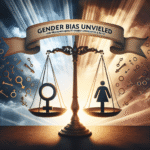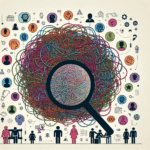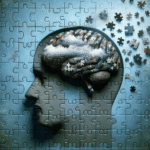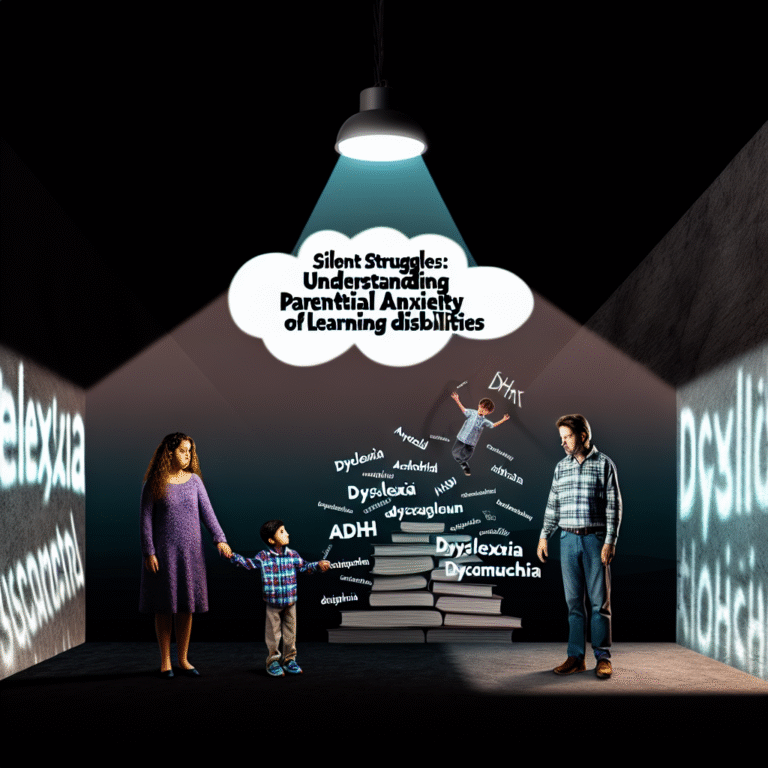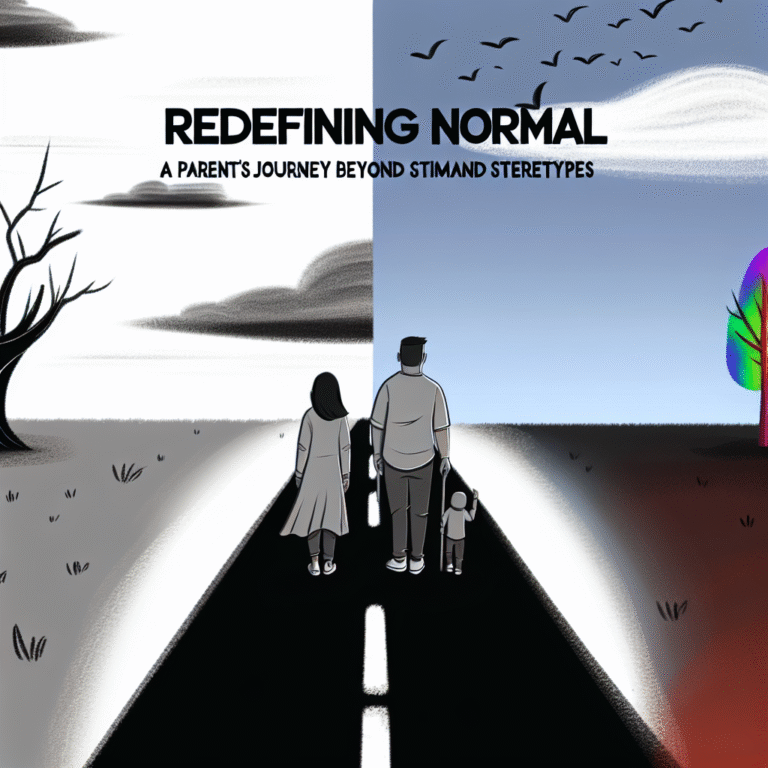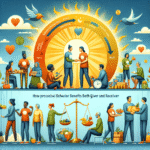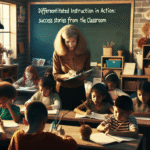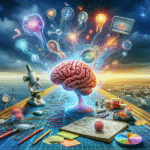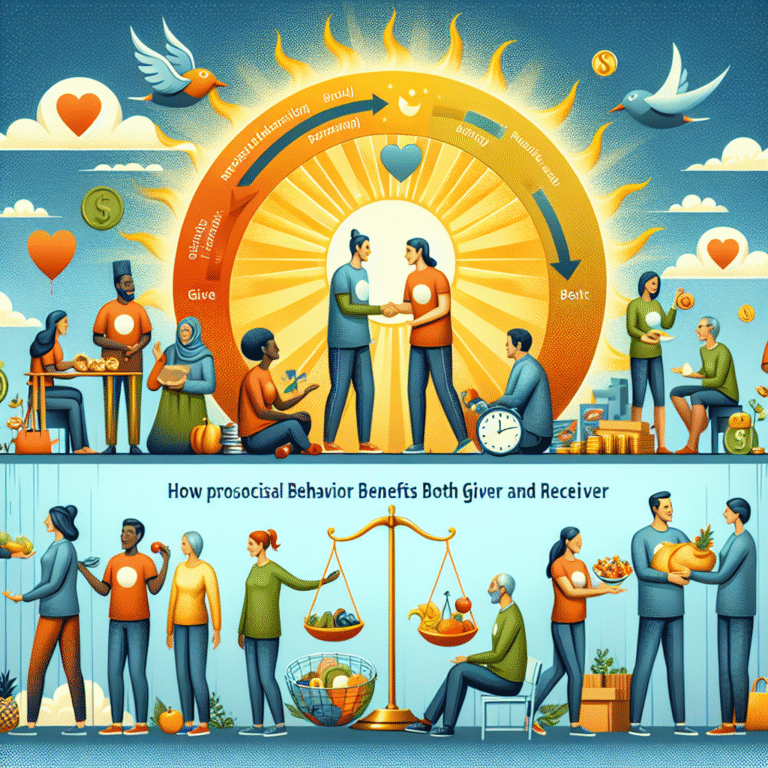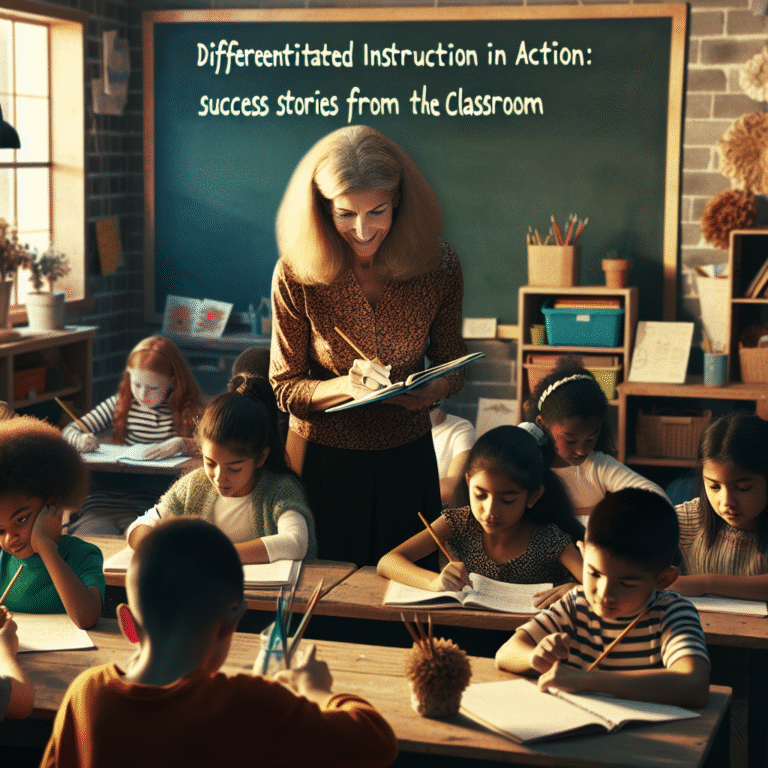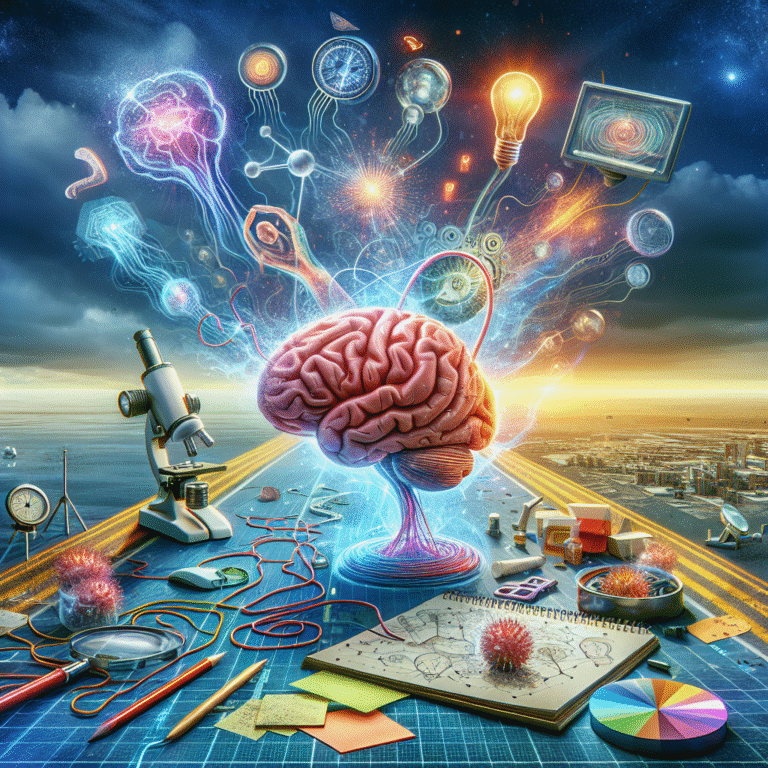Breaking Barriers: How Science is Reshaping Our Understanding of Learning Disabilities
Introduction
Imagine a world where the mysteries of the human mind are slowly being unraveled, illuminating the dark corners where learning disabilities often reside. For many students deemed "different," these conditions can initially seem like insurmountable barriers to success. But, thanks to recent scientific breakthroughs, we are beginning to understand that these disabilities can be redefined—all while breaking barriers and reshaping our collective consciousness about learning.
In the past, learning disabilities were often viewed through a punitive lens, leading to labels that stigmatized rather than educated. However, Breaking Barriers: How Science is Reshaping Our Understanding of Learning Disabilities delves into the pioneering research and innovative approaches that empower individuals with learning disabilities to thrive academically and socially. This article will explore how neuroscience, psychology, and innovative educational practices are leading the charge in transforming our understanding of these disabilities.
The Science Behind Learning Disabilities
Defining Learning Disabilities
Learning disabilities encompass a range of neurological disorders that affect how individuals process, comprehend, and retain information. These include, but are not limited to, dyslexia, dysgraphia, and dyscalculia. Understanding these conditions requires more than just definitions; it calls for an exploration of how the brain operates and responds during learning.
Neuroscience’s Role
Recent neuroscientific studies reveal that learning disabilities are not indicators of intelligence, but rather differences in brain function. For instance, brain imaging technologies, like functional MRI, have shown that individuals with dyslexia exhibit varying neural activation patterns when tasked with reading. This challenges old perceptions and puts forth a more nuanced understanding: people with learning disabilities may utilize different cognitive pathways, offering unique strengths in creativity and problem-solving.
Case Study: The NEURODYS Project
The NEURODYS project, a groundbreaking initiative conducted in Europe, examined the brain functions of individuals with dyslexia compared to those without. Researchers identified that while dyslexic individuals faced challenges in phonological processing, they also demonstrated superior skills in visual-spatial reasoning. This indicates that learning disabilities result not just in deficits, but also in alternate capabilities. What Breaking Barriers: How Science is Reshaping Our Understanding of Learning Disabilities illustrates through this case is the necessity to appreciate and harness these unique strengths rather than focus solely on deficits.
Psychosocial Impacts
Understanding the scientific aspects of learning disabilities is crucial, but we must also consider the emotional and social dimensions. Learning disabilities can impact self-esteem and create a feeling of alienation in educational environments.
Case Study: The "I Am More" Campaign
The "I Am More" campaign, launched in schools, aimed to change the narrative surrounding learning disabilities by focusing on positive identities and strengths. This initiative encouraged students to share their unique abilities, helping peers and educators see the whole person rather than just the disability. Through testimonials, students found empowerment and connectedness, which are essential for social and emotional well-being.
Innovative Approaches in Education
Tailoring Teaching Methods
Recent research consistently underscores the need for personalized education. When educators understand the scientific underpinnings of learning disabilities, they can craft teaching strategies that resonate better with diverse learners.
Case Study: The FLIP Classroom Model
The FLIP classroom model, which leverages technology, allows learners to absorb lessons at home while engaging in hands-on activities during class time. This method has proven particularly helpful for students with learning disabilities, as it offers them more control over their learning process. Teachers employing this model reported significant improvements in student confidence and academic performance, exemplifying how Breaking Barriers: How Science is Reshaping Our Understanding of Learning Disabilities can translate into practice.
Technological Advancements
Incorporating technology into learning environments is another avenue for breaking barriers. Assistive tools, such as speech-to-text applications, have already transformed classroom dynamics for many students with disabilities.
Example Table: Comparison of Assistive Technologies
| Technology | Learning Disability Supported | Key Features |
|---|---|---|
| Text-to-Speech | Dyslexia | Converts written language to spoken words |
| Speech-to-Text | Dysgraphia | Converts spoken words into written text |
| PDF Reader with Voice | Low Vision | Reads digital text aloud |
| Educational Apps | ADHD | Engaging interfaces that support focus and learning |
These tools remove traditional barriers associated with various learning disabilities, allowing individuals to engage with material in ways that suit their unique processing styles.
Collaborative Learning Environments
Creating inclusive and collaborative learning environments is pivotal in reshaping perceptions of learning disabilities. When students with learning differences work alongside their peers, the stigma is gradually reduced.
Case Study: Learning Partners Program
The Learning Partners Program, implemented in various schools, pairs students with learning disabilities with academically stronger peers. This mutual support fosters not just academic achievement, but also social skills and friendships. The reciprocal learning approach embodies the essence of Breaking Barriers: How Science is Reshaping Our Understanding of Learning Disabilities, showcasing the strengths of collaboration.
Creating Awareness and Advocacy
The Importance of Awareness Campaigns
Initiatives aimed at increasing awareness about learning disabilities are crucial in combating stigma. By educating the public and fostering acceptance, these campaigns facilitate environments where everyone can thrive.
Example: The Learning Disabilities Awareness Month
Observed every October, Learning Disabilities Awareness Month encourages discussions that expose the realities of learning disabilities. Schools and organizations host workshops, seminars, and events designed to educate both students and educators, emphasizing that learning disabilities do not limit potential but rather highlight diverse learning paths.
Involving Families
Educating families about the scientific understanding of learning disabilities allows them to be more supportive advocates for their children. Parents armed with insights can better navigate educational systems and seek accommodations or interventions.
Case Study: Family Workshops by the National Center for Learning Disabilities
The National Center for Learning Disabilities conducts workshops aimed at teaching families how to interpret assessment results and understand available educational resources. These sessions provide practical strategies for parents and caregivers to support their children, reinforcing that science not only breaks barriers for individuals but also empowers families.
Conclusion
As we explore how science is reshaping our understanding of learning disabilities, it becomes clear that the journey is ongoing. Each scientific advancement, educational innovation, and awareness initiative serves as a stepping stone toward a brighter future where learning differences are acknowledged and valued. The narrative is shifting from one of limitation to one of potential, celebrating the unique contributions of all individuals in our society.
Breaking Barriers: How Science is Reshaping Our Understanding of Learning Disabilities is not merely a phrase; it is a movement. As parents, educators, and advocates, we have the responsibility to continue fostering environments that embrace and uplift every learner. Let us champion their cause, investing our energy in creating a world where learning differences are not only recognized but also celebrated.
FAQs
1. What are the most common types of learning disabilities?
The most common types include dyslexia (reading difficulties), dysgraphia (writing difficulties), and dyscalculia (math difficulties). Each has distinct challenges and requires tailored strategies for support.
2. How can I help my child if they have a learning disability?
Supporting your child involves understanding their specific challenges, collaborating with teachers to implement personalized learning strategies, and providing emotional support. Consider seeking resources from professionals or organizations specializing in learning disabilities.
3. Are learning disabilities hereditary?
Yes, research indicates that learning disabilities can have a genetic component. If a family member has a learning disability, there may be an increased risk for other family members.
4. What role does early intervention play in addressing learning disabilities?
Early intervention can significantly improve outcomes for children with learning disabilities. Identifying challenges early allows for tailored interventions that enhance learning strategies, improving academic performance and self-esteem.
5. What resources are available for educators in understanding learning disabilities?
Numerous resources, including books, online courses, workshops, and organizations dedicated to learning disabilities (e.g., the International Dyslexia Association), can help educators stay informed and equipped to support their students effectively.
Through knowledge and compassion, we can dismantle the barriers surrounding learning disabilities, paving the way for genuine understanding and growth. Let us embrace this vital call to action, as we empower and uplift every learner to reach their fullest potential.

